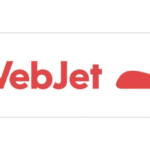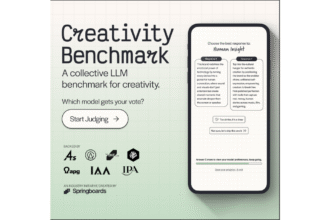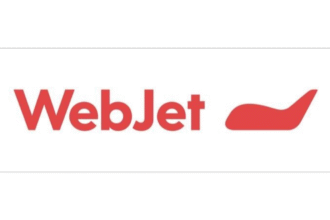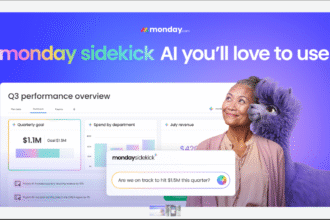Gary Cheung, Managing Director, NP Digital Hong Kong, Taiwan, and Southeast Asia, explores how smart paid media strategies grounded in data, agility, and consumer understanding are helping brands convert clicks into check-ins.
Southeast Asian destinations are having a moment, and travellers know it. The demand for travel in the region is trending, with inbound flights increasing 5% year-on-year from Singapore, China, India, and Australia1. Corresponding with this surge in flights, there’s also been a 10% lift in hotel bookings across the APAC region as well2.
This is good news for brands, which now have a unique opportunity to connect with consumers planning their next escape. But in a fiercely competitive market where digital behaviour is changing rapidly, the challenge goes beyond visibility. The real task is turning casual browsers into committed bookers. That’s where strategic, data-led paid media comes in.
A successful seasonal campaign begins with a deep dive into market-specific demand signals. It is crucial to understand how the audience discovers, considers, and books travel. This allows marketers to design campaigns that align with actual user behaviour, rather than simply abiding by regional trends.
Equally important is avoiding common pitfalls when selling inventory. One mistake that’s encountered more often than you might think in hospitality campaigns is running ads for properties that are already at or close to full capacity. This naturally leads to rising CPAs (cost per acquisition) and missed opportunities.
When we encounter challenges like this, it calls for a realignment of the ad spend towards available resorts and refreshed creatives to highlight specific stay periods. Employing this full-funnel approach not only improves ROAS (return on ad spend), but also ensures media efforts are translating into real bookings.
Results like these would also not have been possible if we didn’t understand the travel booking ecosystem, as well as our audience, and how we were speaking to them. While many brands still rely heavily on traditional demographic targeting or front-loading their media spend early in the season, real travel behaviour is dynamic. Travellers’ decisions are often affected by real-time factors like flash seat sales, last-minute long weekends, or sudden shifts in destination popularity. To truly connect, paid media needs to adapt and respond to those signals.
These signs can even be distinct between regions or countries. For example, in a regional campaign we recently observed, more than 80% of Singaporeans3 were booking international trips far in advance, while Japanese and Malaysian users preferred spontaneous domestic getaways.
With this insight, segmenting audiences by booking urgency and tailored creatives to reflect their travel preferences helped make the campaign more responsive and effective.
With localisation in both messaging and media cadence, ads are likely to resonate more strongly with specific audiences. By pairing regional strategies with local insights, brands can stay consistent while speaking directly to travellers’ needs.
However, with varying regional travel trends, managing seasonal campaigns across multiple markets can be tricky. But by making use of emerging AI tools, brands can better manage travel bookings while also saving time and driving better ROI.
As an example, a resort brand NP Digital partners with made use of Meta’s Advantage+ and CRM (Customer Relationship Management) integrations, allowing it to personalise delivery, automate creative testing, and dynamically pace budgets that spanned 16 APAC markets. This led to a highly efficient performance framework that matched with the right in-market travellers in real time.
So as we head into the travel season’s year-end peaks, brands should be thinking how they can really make the most of their paid media campaigns. When grounded in data, localisation, and real-time optimisation, paid strategies can turn seasonal interest into meaningful business results.
Legal Disclaimer: The Editor provides this news content "as is," without any warranty of any kind. We disclaim all responsibility and liability for the accuracy, content, images, videos, licenses, completeness, legality, or reliability of the information contained in this article. For any complaints or copyright concerns regarding this article, please contact the author mentioned above.

















